- Home
- Prelims
- Mains
- Current Affairs
- Study Materials
- Test Series
 EDITORIALS & ARTICLES
EDITORIALS & ARTICLES
28th July 2021
CHANDRAYAAN-3 IS LIKELY TO BE LAUNCHED DURING THIRD QUARTER OF 2022
Union Minister of State (Independent Charge) Science & Technology; Minister of State (Independent Charge) Earth Sciences; MoS PMO, Personnel, Public Grievances, Pensions, Atomic Energy and Space, Dr Jitendra Singh said that Chandrayaan-3 is likely to be launched during third quarter of 2022 assuming normal work flow henceforth. In a written reply to a question in the Lok sabha today, he said, realization of Chandrayaan-3 is in progress.
The Indian Space Research Organisation (ISRO) is working simultaneously on the Chandrayaan-3 and Gaganyaan.
Chandrayaan - 3
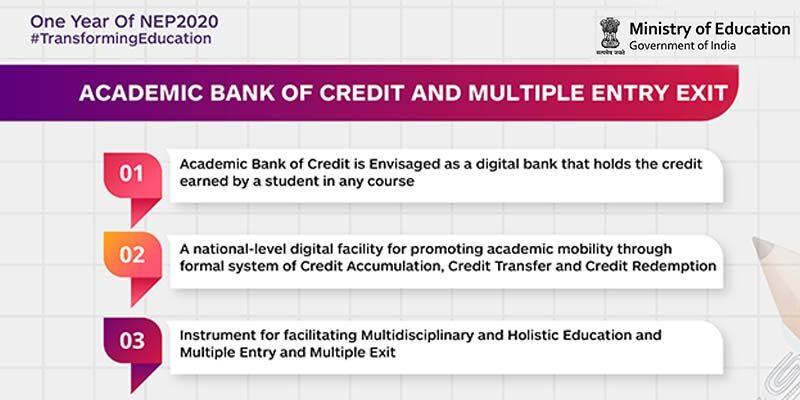
 Initiatives launched on first anniversary of NEP 2020
Academic Bank of Credit
Initiatives launched on first anniversary of NEP 2020
Academic Bank of Credit

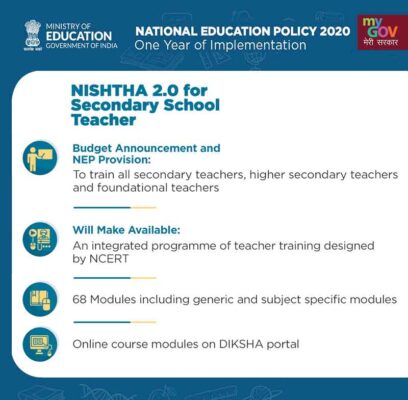
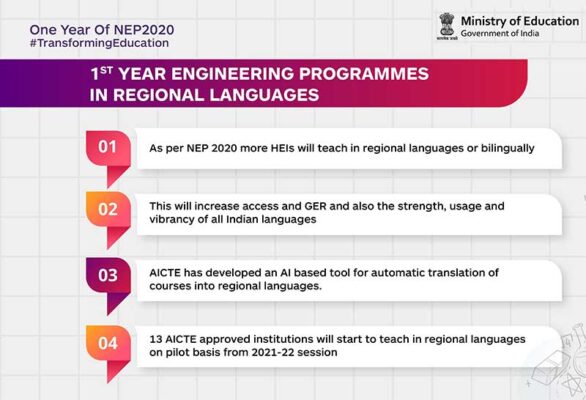

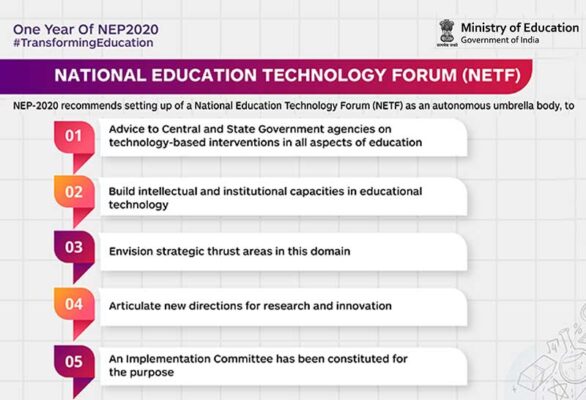
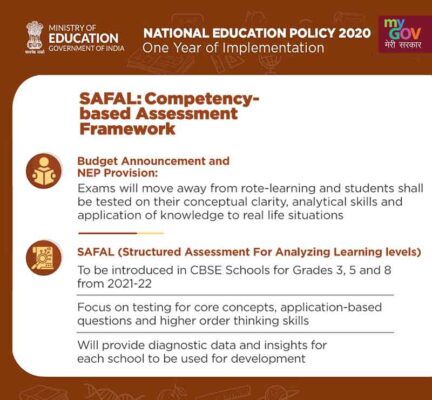
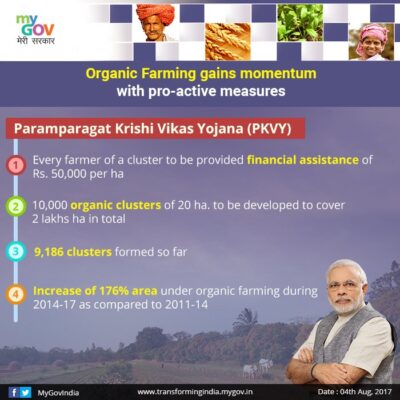
- Chandrayaan-3 is the successor to the Chandrayaan-2 mission and it will likely attempt another soft-landing on the lunar surface.
- It will be almost a repetition of Chandrayaan-2 mission in the configuration of spacecraft, the landing spot on the moon and the experiments to be conducted on the lunar surface.
- Although scores of landers sent by Russia, the U.S. and the Chinese have explored the moon's surface, so far, no other agency has landed in the southern hemisphere of the moon. ISRO hopes to be the first to do so.
- As per ISRO, the total cost of Chandrayaan-3 mission will be over Rs 600 crores. In comparison, the total cost of the Chandrayaan-2 mission was Rs 960 crores.
- Gaganyaan, announced by the Prime Minister in August 2018, is the ₹10,000-crore Indian human space flight scheduled for 2022. It is designed to have 3-7 crew members spend 3-7 days in space in a 400-km orbit.
- The first of the two pre-Gaganyaan flights with a humanoid will be launched in 2020-end along with some of the six shortlisted microgravity experiments.
- ISRO has already constituted an advisory committee for the Gaganyaan. ISRO has also identified four astronauts whose training will commence in Russia from January in 2020.
- Tamil Nadu government has started acquiring 2,300 acres of land in Thoothukudi district for ISRO’s second launch port. Currently satellites are launched from the Sriharikota launch centre in Andhra Pradesh.
- Thoothukudi offers a locational advantage to launch towards India’s South. When ready, the new port will handle mainly the Small Satellite Launch Vehicle (SSLV) that is under development. SSLVs are meant to put a payload of up to 500 kg in space.
- The space agency ISRO preferred its second spaceport at Thoothukudi, located on the east coast and near the equator for the following reasons:
- The Earth's rotation provides a speed boost to rockets launched in the eastward direction, and headed for an equatorial orbit around the planet.
- If there is a failure during the launch, then the debris from an explosion would fall directly into the Bay of Bengal instead of land, which would have less impact on damaging property or taking lives. Further, a southern spaceport reduces the distance to the South Pole and ensures access to a vast, unpopulated area below the flight path.
- Another advantage of the new spaceport include straight southward launches as the current rockets have to be maneuvered around Sri Lanka.
- At present, once the rocket lifts off from Sriharikota, it flies further east to avoid Sri Lanka and then steers itself back towards the South Pole. This manoeuvre requires more fuel, and for a smaller rocket like the SSLV, this could hamper its limited payload capacity and reduce the rocket’s value for Antrix, ISRO’s commercial ventures operator.

- The National Education Policy (NEP) 2020, which was approved by the Union Cabinet last year, replaced the National Policy on Education framed in 1986. It is aimed at paving the way for transformational reforms in school and higher education systems to make India a global knowledge superpower.
- Built on the foundational pillars of access, equity, quality, affordability and accountability, this policy is aligned to the 2030 Agenda for Sustainable Development.
- NEP 2020 has been formulated after an unprecedented process of consultation that involved nearly over two lakh suggestions from 2.5 lakhs Gram Panchayats, 6,600 Blocks, 6,000 Urban Local Bodies, 676 districts.
- The ministry of education initiated an unprecedented collaborative, inclusive and highly participatory consultation process from January 2015. In May 2016, ‘Committee for Evolution of the New Education Policy’ under the chairmanship of T.S.R. Subramanian, former Cabinet secretary, submitted its report. Based on this, the ministry prepared ‘Some Inputs for the Draft National Education Policy, 2016’.
- In June 2017, a ‘Committee for the Draft National Education Policy’ was constituted under the chairmanship of Dr. K. Kasturirangan, which submitted the Draft National Education Policy, 2019.
 Initiatives launched on first anniversary of NEP 2020
Academic Bank of Credit
Initiatives launched on first anniversary of NEP 2020
Academic Bank of Credit
- An Academic Bank of Credit (ABC) would digitally store the academic credits earned from various recognised higher education institutions (HEI) so that the degrees from an HEI can be awarded taking into account credits earned.
- Academic Bank of Credit is envisaged as a digital bank that holds the credit earned by a student in any course.
- The UGC has issued regulations for establishment and operation of Academic Bank of Credits in higher education.
- It will be a national-level digital facility for promoting academic mobility through a formal system of credit accumulation, credit transfer and credit redemption.
- ABC is a bank for academic purposes on the pattern of commercial banks for financial purposes with students as academic account holders to whom ABC shall provide a variety of services.
- It shall be a mechanism to facilitate the students to choose their own learning path to attain a degree/diploma/post-graduation, etc, working on the principle of multiple entry-multiple exit as well as anytime, anywhere, and any level learning.
- ABC shall provide significant autonomy to the students by providing extensive choice of courses for a programme of study, flexibility in curriculum.
- ABC will not be a degree-awarding organisation. The statutory degree-awarding power shall continue to be vested with the eligible higher education institutions which have registered with ABC.

- Vidya Pravesh — Guidelines for Three-month Play-based School Preparation Module for Grade 1 Children, has been developed as per the recommendations of the NEP 2020.
- The purpose is to help teachers ensure that all children are exposed to a warm and welcoming environment when they enter Grade 1, leading to their smooth transition to school.
- The guidelines intend to create a stimulating learning environment that is joyful, safe, ensures emotional security and provides support to all the children in school and at home.
- Vidya Pravesh is is an integral part of NIPUN Bharat — A National Mission on Foundational Literacy and Numeracy (FLN Mission) of the government.
- To promote school preparedness in all children coming to Grade 1 from diverse backgrounds.
- To ensure a smooth transition of children to Grade 1.
- To provide play-based, age and developmentally appropriate learning experiences in a joyful and stimulating environment leading to holistic development.
- To prepare children with the cognitive and linguistic competencies which are prerequisite for learning to read, write and develop number sense through a play-based approach.
- It launches Indian Sign Language as a subject at secondary-level by National Institute of Open Schooling (NIOS).
- It aims to develop national and state curriculum materials and digital contents for use by hearing-impaired students.
- It will provide digital content for secondary and senior secondary-level with 700 videos in sign language by NIOS and DIKSHA.
- As many as 525 videos in sign language will be provided for primary classes by NCERT and DIKSHA.

- NISHTHA is a programme under Samagra Shiksha — a flagship programme of the ministry of education.
- It is an integrated programme of teacher training designed by NCERT.
- The programme will benefit 10 lakh secondary school teachers, students and school heads.
- Teachers are trained to use art as pedagogy leading to increased creativity and innovation among students.
- Teachers are also trained to develop and strengthen personal-social qualities of students for their holistic development.
- Teachers will adopt activity-based learning and move away from rote learning to competency based learning.
- There will be 68 modules, including generic and subject-specific modules on DIKSHA portal.
- Improvement in learning outcomes of the students.
- Creation of an enabling and enriching inclusive classroom environment.
- Teachers become alert and responsive to the social, emotional and psychological needs of students as first level counselors.
- Creation of a healthy and safe school environment.
- Integration of ICT in teaching, learning and assessment.
- Developing stress free school-based assessment focused on development of competencies.
- Transformation of the heads of schools into providing academic and administrative leadership for the schools for fostering new initiatives.
- CBSE, in collaboration with Intel, has prepared a self-paced learning programme to help demystify artificial intelligence (AI) in an inclusive manner.
- AI For All is a four-hour, micro-learning programme which is as applicable to a student, a stay-at-home parent as it is to a professional in any field or even a senior citizen.
- The AI appreciation segment helps learners get introductory knowledge of the common domains of AI and start building personal learning plans.

- AICTE will now allow technical education in regional languages.
- For helping the institutes, rigorous ‘Artificial Intelligence Indian Language Translation Tool’ has developed by AICTE which will aid in developing contents in twelve different regional languages.
- This will increase access and Gross Enrolment Ratio (GER) and also usage of Indian languages.
- As many as 14 institutes from eight states in five different languages have been given additional 60 seats each in engineering and technology subjects from the 2021-22 academic session.
- The NEP extensively focuses on attaining the highest global standards in the quality of higher education. Further, it reinforces the need to attract a greater number of international students and achieve the goal of “internationalisation at home”.
- With the vision of increased internationalisation of higher education in India, University Grants Commission has formulated these ‘Guidelines for Internationalisation of Higher Education’ within the framework of NEP 2020.
- These guidelines will provide a broader roadmap and enable the higher education institutions in transforming the higher education system in critical areas of internationalisation.
- It will help in achieving the desired outcome of making India’s higher education system globally competitive in offering quality higher education.
- To make India an attractive study destination for foreign students.
- To foster international competencies in our faculty and students.
- To develop a global mindset of our learners and shape them as global.
- To promote active linkage between Indian and foreign institutions.
- To improve global ranking in internationalisation indicators.

- Union Budget 2021-22 has laid a major emphasis on strengthening country’s digital infrastructure for education by announcing setting up of a National Digital Educational Architecture (NDEAR) within the context of a “digital first” mindset where the digital architecture will not only support teaching and learning activities but also educational planning, governance administrative activities of the Centre and states/Union Territories.
- It has been conceived as unifying National Digital Infrastructure to energise and catalyse the education system and the core idea is to facilitate achieving goals laid down by NEP 2020.
- NDEAR is not a system or platform, but an architectural blueprint for the education ecosystem.
- It is a set of principles, standards, specifications, building blocks and guidelines that enable multiple entities to create parts of the digital education ecosystem.
- It will provide diverse education eco-system architecture for development of digital infrastructure, a federated but interoperable system that will ensure autonomy of all stakeholders, especially states and UTs.
- NDEAR will be beneficial for both Centre and states in planning, administering and governing school education as well as to teachers, students and schools for having a seamless digital learning experience.
- The institutional structure, governance framework, technology and data of NDEAR will benefit the entire student and teacher community.

- National Educational Technology Forum (NETF) is an autonomous body to provide a platform for free exchange of ideas on the use of technology to enhance learning, assessment, planning, administration and so on, both for school and higher education.
- The aim of the NETF will be to facilitate decision making on the induction, deployment and use of technology by providing to the leadership of education institutions, state and central governments and other stakeholders the latest knowledge and research as well as the opportunity to consult and share best practices.

- Structured Assessment for Analyzing Learning levels (SAFAL) is a competency-based assessment for Grades 3, 5, and 8 introduced by the Central Board of Secondary Education (CBSE).
- SAFAL will ensure progress throughout school years by providing diagnostic information about students’ learning to schools and thus, support school education to move towards competency-based education.
- SAFAL will be conducted on a pilot basis in CBSE schools for students in Grades 3, 5 and 8 during the academic year 2021-22.
- To track progress throughout the school years for the benefit of students, parents, teachers, principals, and the entire schooling system in planning improvements to schools and teaching-learning processes, all students will take school examinations in Grades 3, 5, and 8 which will be conducted by the appropriate authority.
- These examinations would test achievement of basic learning outcomes, through assessment of core concepts and knowledge from the national and local curricula, along with relevant higher-order skills and application of knowledge in real-life situations, rather than rote memorisation.
- The Grade 3 SAFAL results will identify areas of intervention to improve foundational literacy and numeracy among learners and help develop reforms for the NIPUN Bharat Mission.
- SAFAL results will not be used in any manner by schools for promotion of students to the next grade.
- The overall results of school examinations will be used only for developmental purposes of the school education system.

- Paramparagat Krishi Vikas Yojana is an elaborated component of Soil Health Management (SHM) of major project National Mission of Sustainable Agriculture (NMSA).
- Under PKVY, farmers are provided financial assistance of Rs 50,000 per hectare/ 3 years, out of which 31,000 (62%) is provided directly through DBT for inputs (bio fertilizers, bio-pesticides, organic manure, compost, vermi-compost, botanical extracts etc).
- Government has initiated Large Area Certification (LAC) programme since 2020-21 to certify large traditional/default organic areas such as hills, islands, tribal or desert belt with no past history of GMO and agro chemical uses, LAC certification process gets completed within 3-6 months
- It allows farmers for marketing of their produce at premium prices.
- Car Nicobar and Nancowry group of Island is the first Large Contiguous Area declared as certified organic farming.
- Organic cultivation doesn’t involve the use of chemical pesticides and fertilizers
- It helps to maintain a harmonious balance among the various complex ecosystems.
- It improves the quality of the soil which further improves the standards of the crops produced.









 Latest News
Latest News General Studies
General Studies